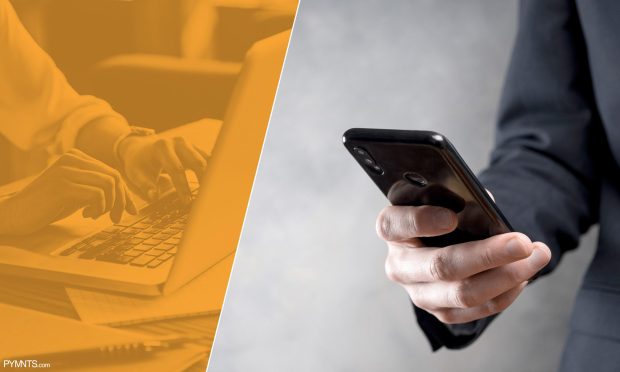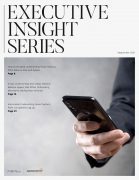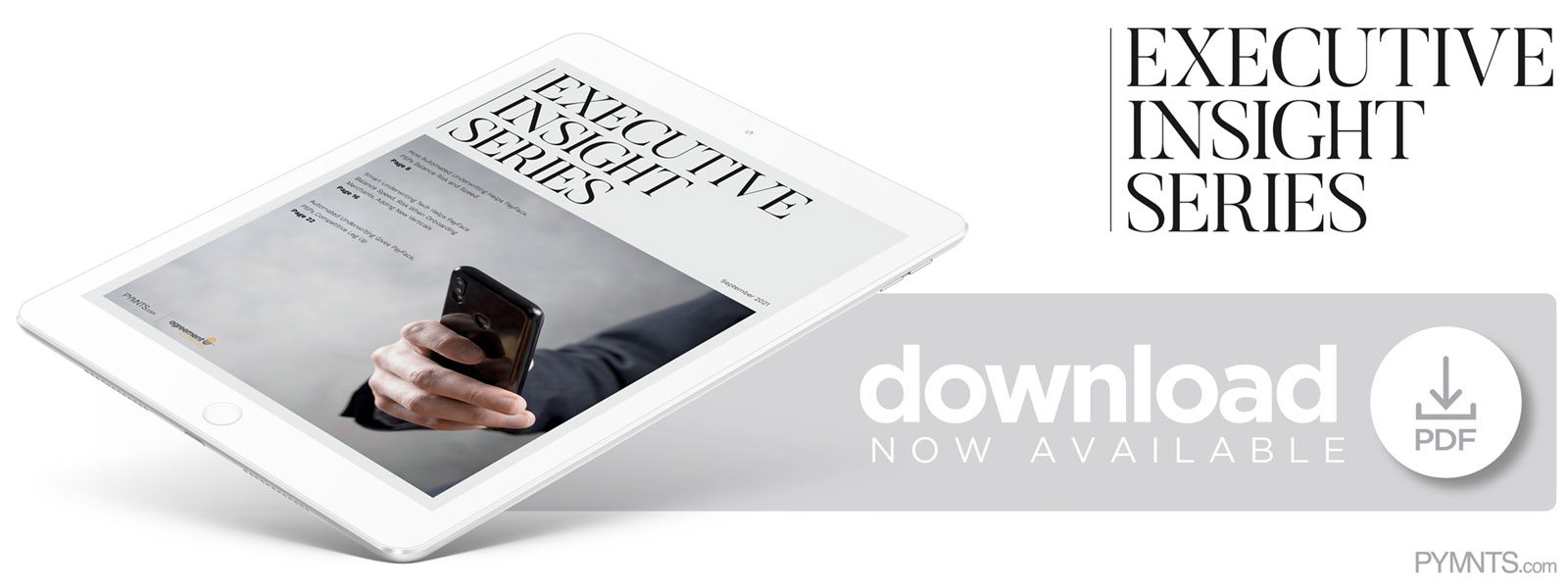PYMNTS Executive Insight Series: Agreement Express

The point of onboarding is crucial — especially for merchants as they link up with payment facilitators (PayFacs) and other providers to begin accepting payments. For those providers, reviewing the merchant, assessing risk and then approving those enterprises all take time. But it’s a process that needs to be streamlined, as merchant approval has become a game of scale and ideally, gauging risk should be less art than science.
In the eBook that follows, the case is made — through interviews with executives at Agreement Express — that advanced technologies in the service of underwriting can balance speed and risk.
David O’Brien, CEO of Agreement Express, has likened the process to driving a sports car rather than “an old clunker.” The key to it all, he tells PYMNTS, lies with intelligent automation. Business owners, like all of us, are also consumers who have gotten used to the instant gratification of the digital age and expect the same level of convenience for their companies as they enlist new services and payments functionality to better serve the payment preferences of their end users.
But the PayFacs and independent sales organizations (ISOs) need to be mindful of the urgency that smaller firms feel when they’re taking on new services such as contactless or digital payments.
Reducing the Points of Friction
As O’Brien said of those payment service providers (PSPs): “If you come in and say, ‘Hey, I want to be your partner and help process payments’ … Or if you’re introducing a bunch of friction points, or if it’s long and takes 10 days to underwrite you, that’s problematic.”
It’s precisely where underwriting automation software can take on much of the heavy lifting (we’ll call that the science part of the underwriting part) while alerting (human) underwriters to issues that warrant further examination in rendering an ultimate risk assessment and decision (we’ll call that the art part of underwriting).
For the providers, O’ Brien said, high-tech underwriting tools can help mitigate fraud and chargeback exposure — chiefly through know your customer (KYC) checks, done automatically, and scans of global sanctions lists. O’Brien is quick to point out that the sea change extends well beyond the confines of consumer-focused commerce. B2B firms are increasingly embracing digital means of paying and getting paid, which opens the door to more opportunities for PSPs, if they have the most robust underwriting tools in place.
 No matter the targeted audience, he said, for the PSPs, “You’ve got the changing client experience. What I wanted [as a consumer] three years ago versus today is vastly different. People think technology change is linear, and it is not. It’s actually exponential.”
No matter the targeted audience, he said, for the PSPs, “You’ve got the changing client experience. What I wanted [as a consumer] three years ago versus today is vastly different. People think technology change is linear, and it is not. It’s actually exponential.”
Read on to get a sense of how underwriting and risk — as well as the automation and software that needs to be considered by PayFacs and ISOs — is moving into the digital age.

